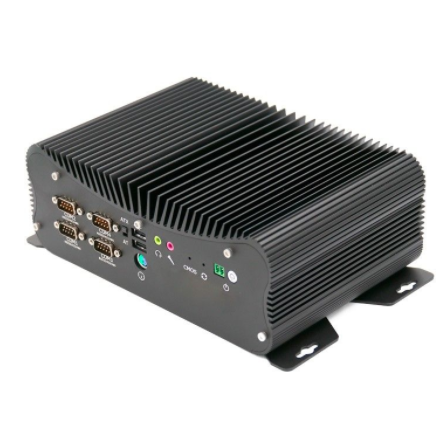Mini PCs have become incredibly popular in recent years, offering a small form factor with impressive processing power. These tiny computers are ideal for a wide range of applications, from media streaming to gaming, and even as a home automation hub. One of the key features that make Mini PCs so versatile is their General Purpose Input/Output (GPIO) pins. These pins allow you to interface with other devices, sensors, and peripherals, making Mini PCs an ideal platform for home automation and control.
GPIO pins are essentially the digital equivalent of a physical switch or button. They allow you to send and receive signals, control power supplies, and communicate with other devices. This makes them perfect for connecting to sensors, relays, and other devices to create a smart home automation system.

There are a few things you need to keep in mind when using Mini PC GPIO for home automation and control. The first is that not all Mini PCs have GPIO pins. Some models may have a header that you can use to connect external GPIO boards or hats, while others may not have any GPIO pins at all. If you're looking to use GPIO for home automation, it's important to choose a Mini PC that has this feature.
Once you have a Mini PC with GPIO pins, the next step is to choose the right software. There are a number of open-source home automation platforms available, including Home Assistant, OpenHAB, and Node-RED. These platforms are designed to work with a wide range of devices and protocols, including GPIO, and can be customized to suit your specific needs.
Explore more:What should I look for when choosing a waterproof touch screen monitor?What is the capacity of a typical sharing power bank for meeting rooms?Understanding the Inner Workings of a Capacitive TouchscreenWhat is powerbank sharing?Why Every Healthcare Provider Needs Label Makers?The Ultimate Guide to Automated Barcode PrintersLaser vs. Thermal Printers: Which One Offers Better Durability?
To get started with home automation using Mini PC GPIO, you'll need to connect your sensors, switches, and other devices to the GPIO pins on your Mini PC. This can be done using jumper wires or by using an external GPIO board or hat. Once your devices are connected, you can use your chosen home automation software to configure your system and create custom rules and automation routines.
With a Mini PC and GPIO, you can create a powerful home automation system that allows you to control your lights, thermostat, security system, and other devices using voice commands or a mobile app. You can also use sensors to automate tasks based on certain conditions, such as turning on the lights when you enter a room or adjusting the thermostat based on the temperature.
In conclusion, Mini PC GPIO can be used for home automation and control, allowing you to create a powerful smart home system that is tailored to your specific needs. With the right hardware and software, you can interface with a wide range of devices and create custom automation routines to make your life easier and more convenient. Whether you're looking to create a simple DIY project or a more advanced home automation system, Mini PC GPIO is a powerful tool that you can use to bring your ideas to life.
Explore more:Why Industrial Power Monitoring Systems are Essential?Get a Free UPC Printer: All Your Questions Answered!Unlocking the Power of Acrel Energy MetersRevolutionizing organization: Which micro label maker?Revolutionizing Healthcare: Direct Thermal Wristbands Worth It?5 Reasons Why Your Business Needs will soft barcode printer?Top 5 Barcode 400 Software for Efficiency












Comments
Please Join Us to post.
0